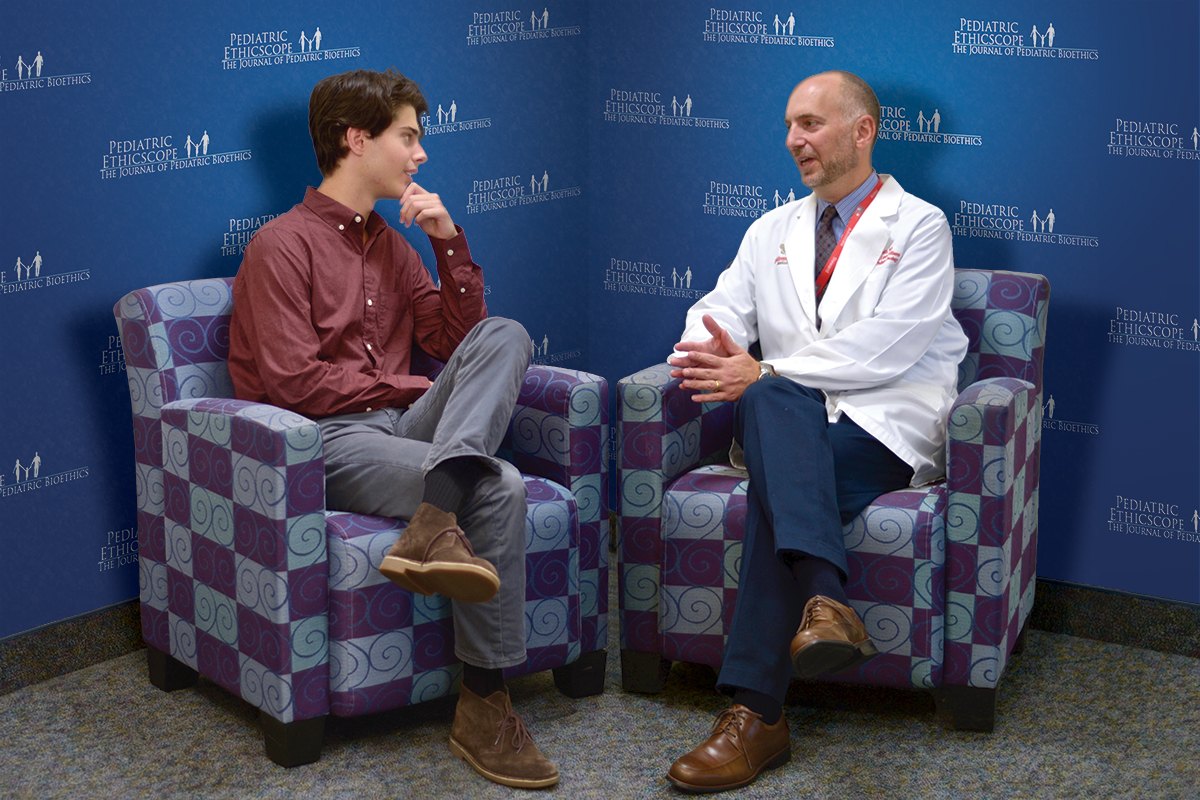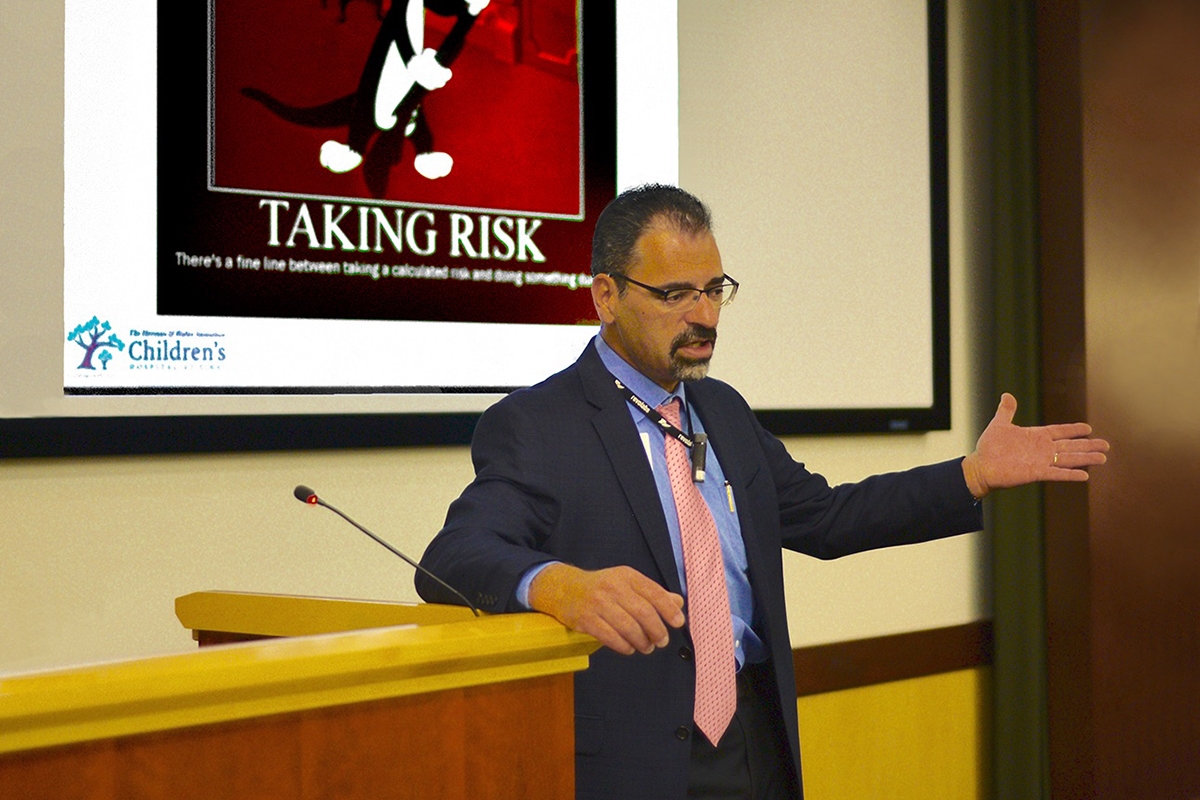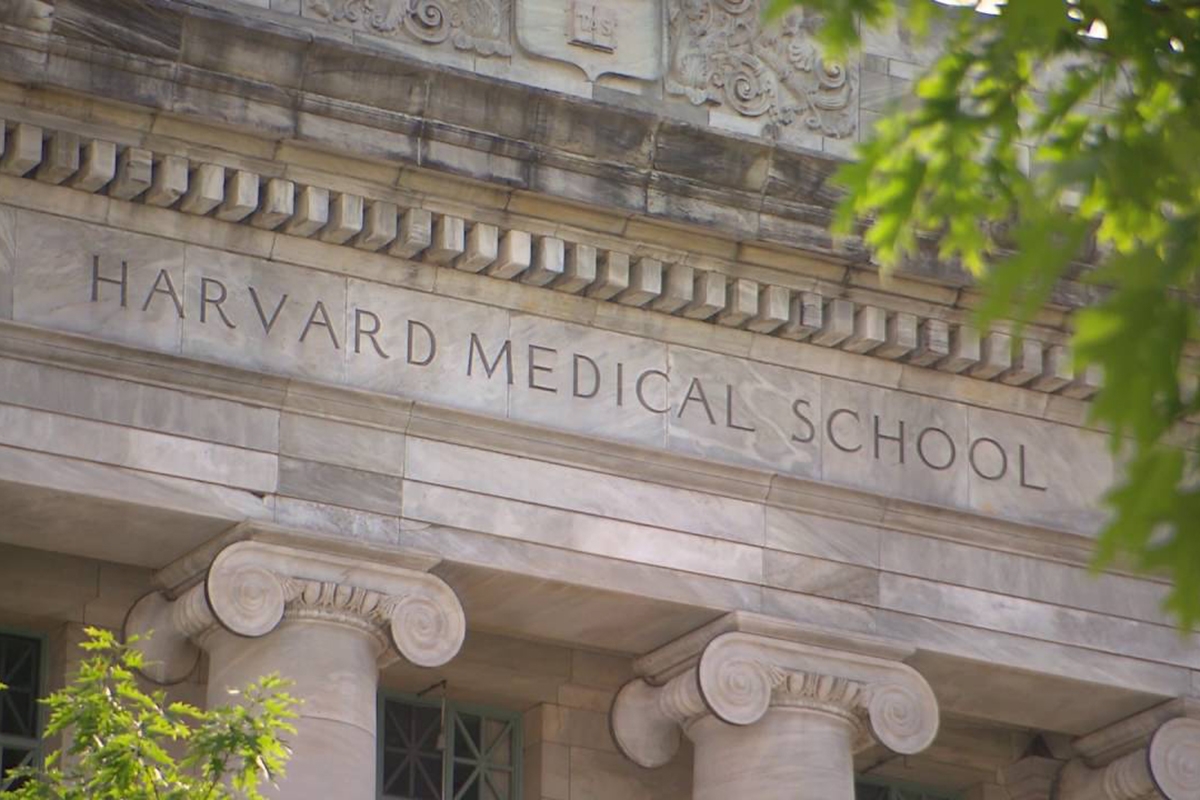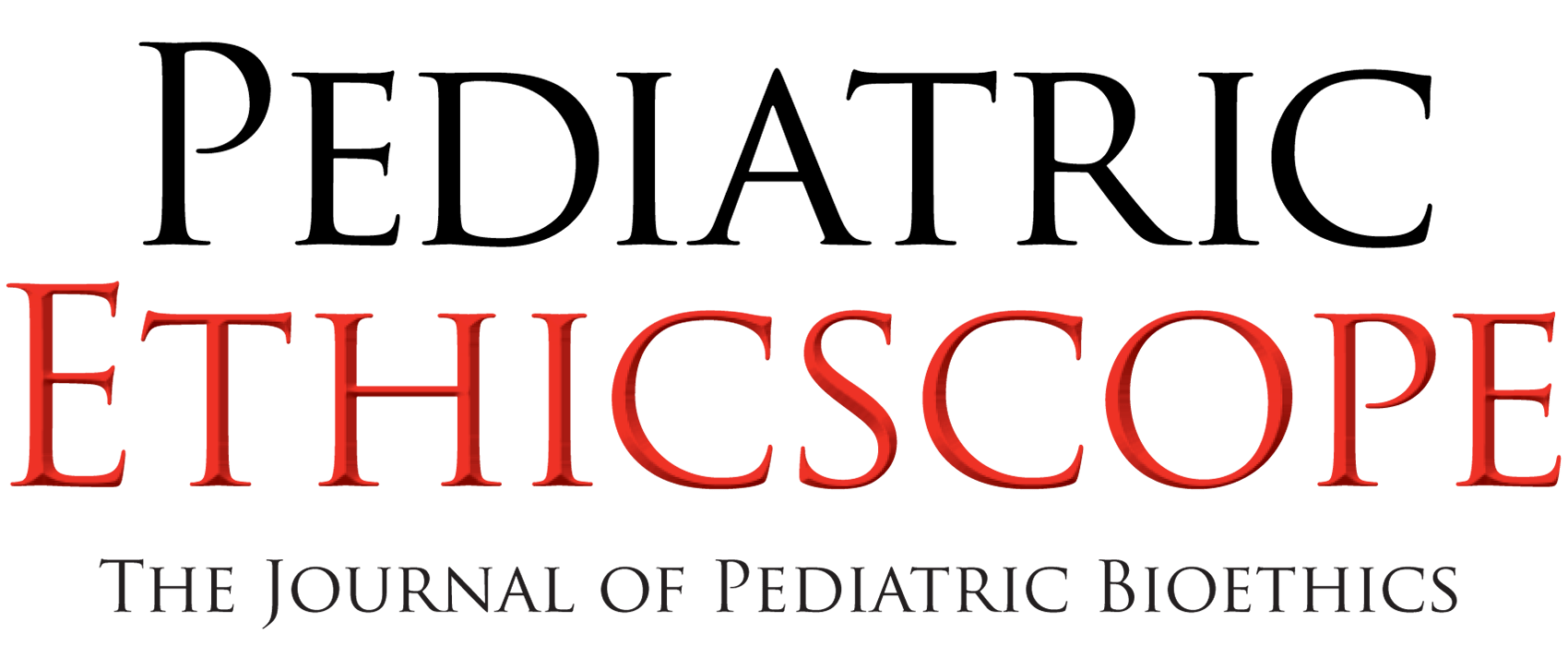An opening thought: sometimes cases in clinical ethics conclude, but leave a thought that remains just out of reach. In the wake of the case, a nagging sense of something meaningful yet elusive, like a broken outline, or a silhouette that can’t quite be brought into focus–remains. We invite you to consider the following. Poem by Robert Frost.
Overview of Pediatric Ethicscope 2017 Volume 30 Number 2: Shortages of drugs, surpluses of ethical challenges; the new normal in pharmacy; interview of Jeffery Dome; the reasons underlying the drug shortage crisis.

Shortages of life-saving chemotherapeutics and supportive care agents are pervasive and enduring. These shortages represent a true public health crisis, and surprisingly, have failed to garner greater attention within the medical community or the public at-large.


A set of twins was transferred to NICU; 25-weekers who came in for a neurosurgery consult on Friday. They both had significant brain bleeds, white matter loss, and hydrocephalus. One of the infants was better off than the other, but both had midline shift and were seizing.

Clinicians in the adult system are infrequently prepared to treat the variety of conditions seen in pediatrics, and the few providers who are available to this population struggle to absorb the growing number of older patients with childhood-onset disorders. Patients are frequently ill prepared to take on the responsibilities required to manage their own care; the pediatric system lacks functional processes for teaching patients how to develop these skills.

In recent years, dealing with drug shortages has become an integral part of a pharmacists work. Learn about the causes, management, and prevention from the pharmacists’ perspective.

The issue of drug shortages can be framed as those who wish to ensure drug availability in virtue of dedication to the patients’ interests, on one hand, and those who herald economic responsibilities, on the other. A historical and philosophical account of the problem.

Students rush into the halls to watch another fight. While some hoot and holler, others whisper, “they belong at Hartgrove.” Former south side of Chicago teacher, Joseph Lee MD discusses his journey from teacher to physician.

The annual Harvard Clinical Bioethics Course at the Harvard Medical School in Boston; a three-day conference of nearly thirty hours of lectures, discussion groups, working lunches, and even a play.
